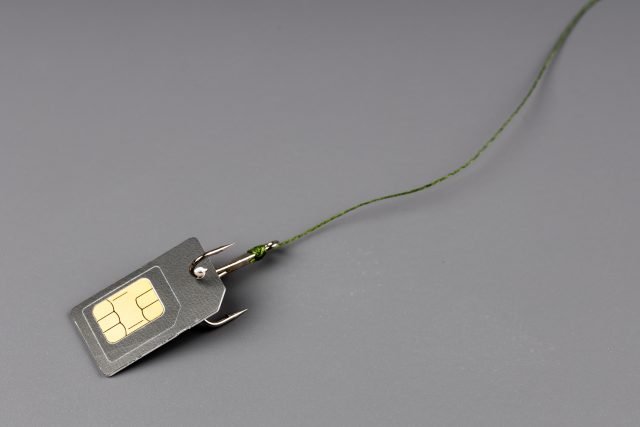A subscriber identity module, or SIM card, is a card that contains identification information that links a smartphone to a certain mobile network. User identification, location, and phone number, as well as network permission data, private security keys, contact lists, and stored text messages, are all stored on SIM cards.
A SIM-only deals users’ SIM card allows them to access this data and the services that come with it. However, not all SIM cards function in all phones. Global System for Mobile Communication and CDMA Code Division Multiple Access are the two technologies employed (Code Division Multiple Access).
GSM is the most extensively used digital mobile network technology. GSM is used by AT&T and T-Mobile, among others.
If a provider uses GSM, customers can extract their SIM card through one device and transfer it to another with all of their data and contacts intact, in case of SIM-only deals. The user will be able to be identified by the network carrier.
Some phones will be unable to make phone calls, access internet providers such as 4G LTE, or send text messages without a SIM card. SIM cards are detachable and feature memory capacities ranging from 32 to 128 KB.
CDMA phones do not require a SIM card; rather, an electrical serial number is used to identify the device (ESN). Users with an ESN phone can’t readily swap between devices because they’d require approval from their network operator. CDMA is used by network operators such as Verizon and Sprint.
Even though carriers like Verizon and Sprint no longer require SIM cards, SIMs can still be detected in devices connected to those networks.
This is because 4G LTE requires the use of SIM cards on mobile handsets. A SIM card reader is a gadget that allows you to transfer information from the SIM card to any computer device.
Although carriers such as Sprint and Verizon no longer need SIM cards, SIMs can still be identified in devices that are connected to such networks. This is because 4G LTE need the use of SIM cards in mobile phones. A SIM card reader is a device that helps to transfer data from your SIM card to a computer.
What are the security concerns?
Because the SIM card gives indirect accessibility to a person’s email, banking information, and social media accounts, it can be vulnerable to hackers. Often, a text or SMS message is delivered with a password recovery option. If a hacker has access to the data on the SIM card, they can transfer it to some other SIM card.
Dual-SIM capability is now available on some phones, allowing users to utilise two distinct SIM cards in the same handset. The iPhone 10s, for example, enables dual-SIM, with one SIM card being detachable and the other being an eSIM.
Dual-SIM cards are beneficial for users who want to utilise two different phone numbers on the same device. One work phone number and one personal phone number, for example.
SIM cards, particularly the ones having SIM-only deals do have a security code that prevents them from being used on another device, therefore users can modify the Passcode for the SIM card in their phone’s settings to something more difficult. There are authentication and encryption and other security measures that secure data and prevent spying.













